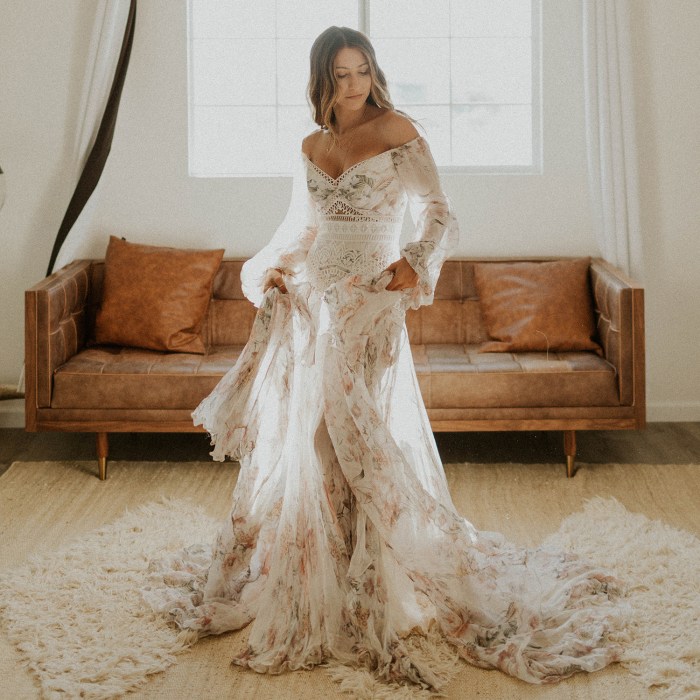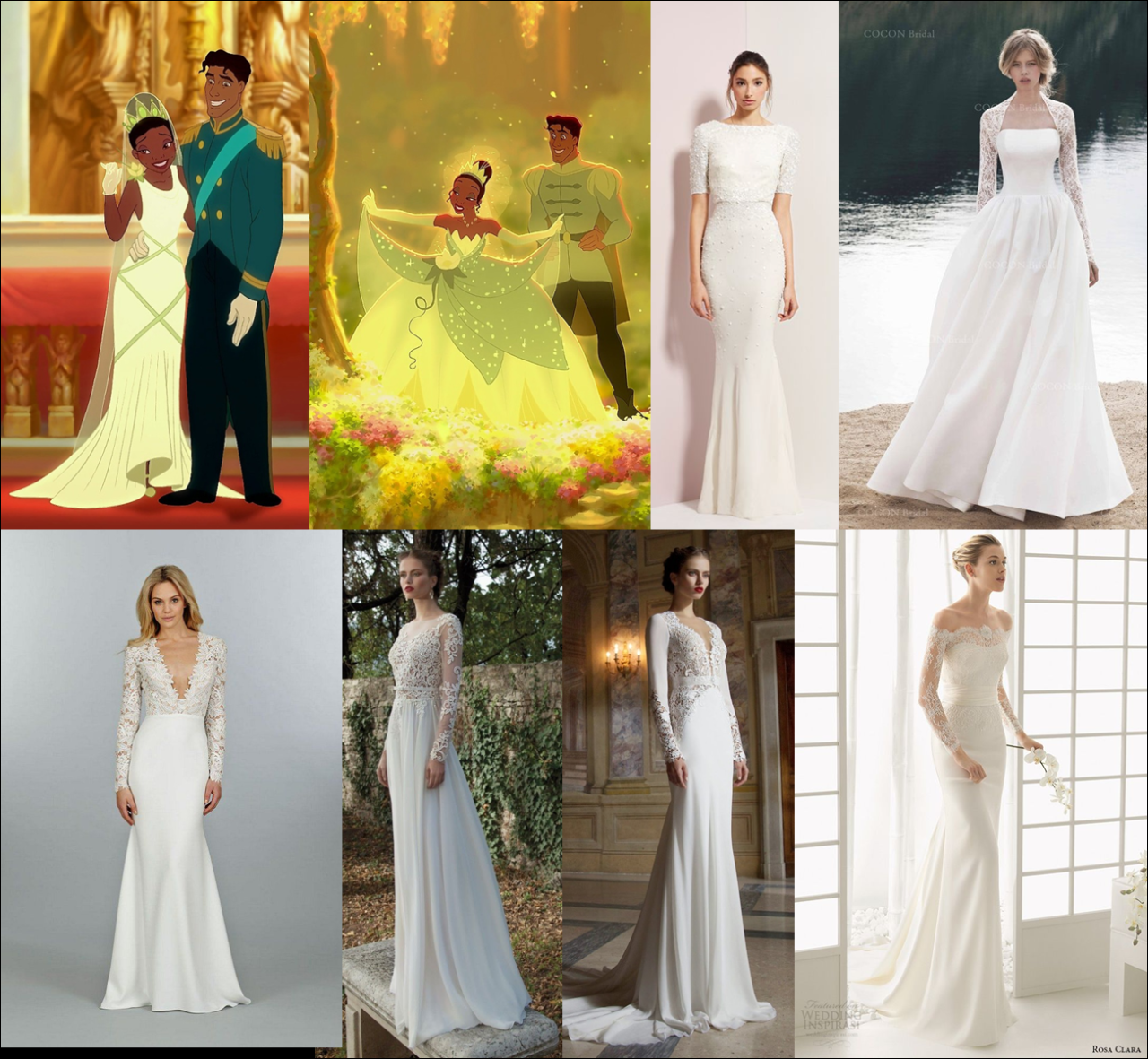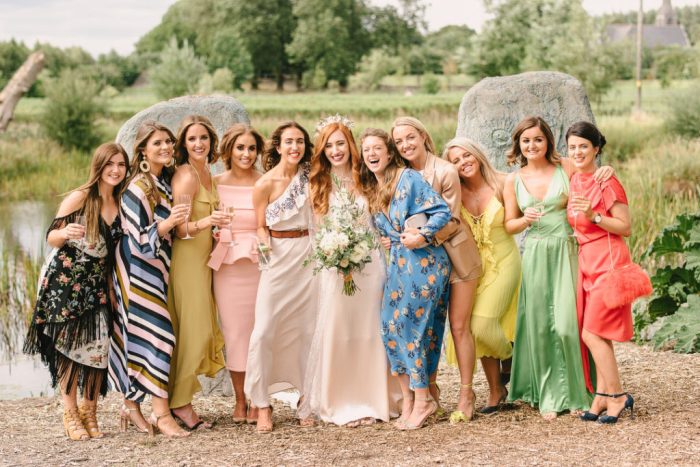A Timeless Tradition: The White Wedding Gown: Wedding Dresses White Gown

Source: storyamour.com
Wedding dresses white gown – The white wedding gown, a symbol of purity and new beginnings, holds a captivating history and continues to evolve with changing trends. This exploration delves into the rich tapestry of the white wedding dress, from its historical origins to its contemporary interpretations, examining its design elements, the process of finding the perfect gown, and its enduring influence on popular culture.
Historical Context of the White Wedding Gown
The association of white with bridal attire is surprisingly recent. Before Queen Victoria’s 1840 wedding to Prince Albert, brides wore a variety of colors, often reflecting their social standing and the availability of dyes. The adoption of white signaled a shift towards a new ideal of purity and innocence, influencing bridal fashion for generations to come. This choice, initially a symbol of wealth (white fabric being more expensive), became deeply ingrained in Western culture, spreading globally through various media and cultural exchanges.
While other cultures maintained their own distinct traditions, the white wedding dress became a powerful global symbol.
Traditional wedding gown styles varied greatly throughout history. Early styles were often more elaborate and ornate, reflecting the opulence of the era. The Victorian era saw the emergence of the full-skirted, corseted gowns, while the early 20th century brought simpler, more streamlined designs. Contemporary designs offer a wider range of styles, from sleek and minimalist to extravagant and romantic, reflecting diverse tastes and preferences.
The evolution showcases a constant interplay between tradition and innovation.
Design Elements of White Wedding Gowns
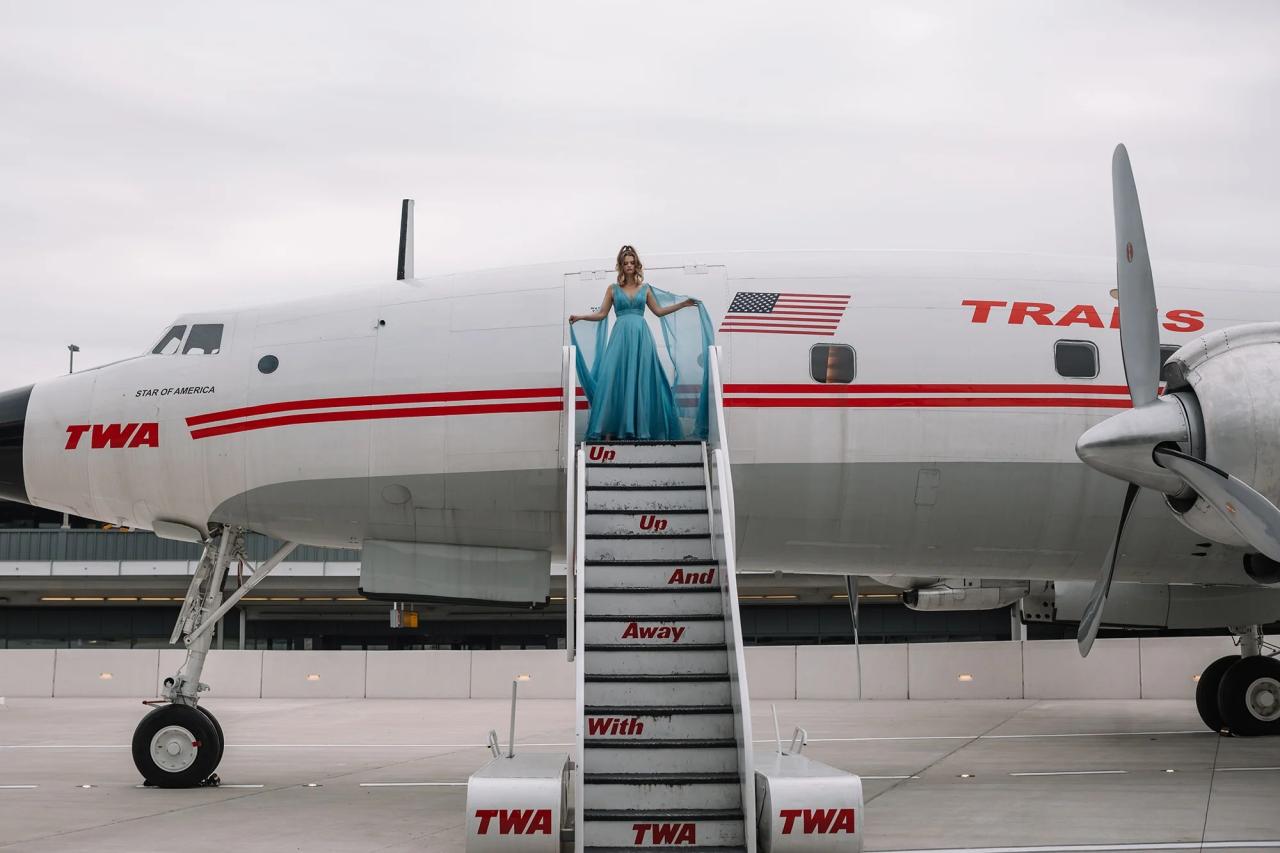
Source: newyorkdress.com
The design elements of a white wedding gown contribute significantly to its overall aesthetic. Necklines, sleeve lengths, and silhouettes are key considerations, influencing the gown’s shape and the bride’s appearance. Fabric choice plays a crucial role in the drape, texture, and overall feel of the gown. Embellishments add layers of detail and personality.
Various fabrics, each with unique properties, are used in creating white wedding dresses. Silk offers a luxurious sheen and drape, while lace provides intricate detailing and delicate texture. Satin provides a smooth, glossy finish, and tulle creates a soft, ethereal look. The choice of fabric often depends on the desired aesthetic and the season.
| Embellishment | Description | Effect | Example |
|---|---|---|---|
| Beading | Small beads sewn onto the fabric. | Adds sparkle and texture. | Delicate glass beads on a lace bodice. |
| Embroidery | Stitched designs on the fabric. | Creates intricate patterns and details. | Floral embroidery on a tulle skirt. |
| Appliqués | Decorative fabric pieces sewn onto the gown. | Adds dimension and visual interest. | Lace appliqués on a satin gown. |
| Sequins | Small, shiny discs sewn onto the fabric. | Adds glamour and shine. | Sequin embellishments on a fitted silhouette. |
Finding the Perfect White Wedding Gown, Wedding dresses white gown
Selecting a wedding dress involves careful consideration of various factors. Understanding your body type and choosing a silhouette that complements it is crucial. Budget, venue, and personal style should also be taken into account. A step-by-step approach to wedding dress shopping can ensure a smooth and enjoyable experience.
Different silhouettes flatter different body types. An A-line gown is universally flattering, while a mermaid gown accentuates curves. A ballgown is ideal for creating a dramatic look, and a sheath gown offers a sleek, modern silhouette. Consider your personal preferences and the overall aesthetic of your wedding when making your selection.
The process of selecting a wedding gown typically involves browsing through different designers and styles, attending appointments at bridal boutiques, trying on various gowns, and ultimately choosing the one that best reflects your personal style and vision for your wedding day. Budget considerations should be factored in from the beginning. Remember to factor in alterations and fittings, which are essential for ensuring a perfect fit.
Illustrating White Wedding Gown Styles
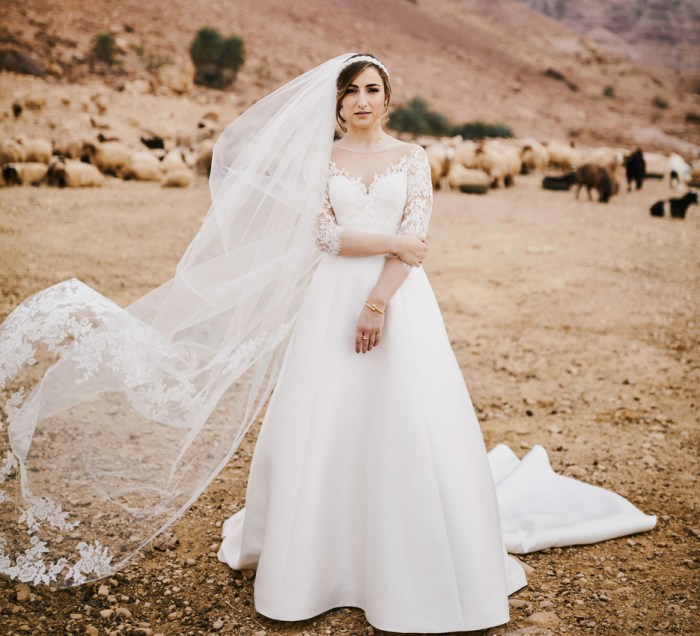
Source: weddingsutra.com
Several distinct styles of white wedding gowns capture the essence of bridal fashion. Each style offers a unique aesthetic and caters to different preferences.
A classic A-line white gown features a fitted bodice that gradually flares out into a full skirt, creating a flattering silhouette for various body types. The simplicity of its design allows for versatile embellishments, from delicate lace to intricate beading. Its timeless appeal makes it a popular choice for brides seeking elegance and sophistication.
A modern minimalist white wedding dress emphasizes clean lines and simple details. Often made from luxurious fabrics like silk crepe or satin, these gowns prioritize form and fit, showcasing the bride’s figure. Minimalist dresses might feature subtle embellishments or be completely unadorned, offering a sophisticated and understated aesthetic.
A bohemian-style white wedding gown embodies a free-spirited and romantic aesthetic. These gowns often feature flowing fabrics like chiffon or lace, intricate embroidery, and delicate details like beading or tassels. They might incorporate natural elements like floral appliqués or earthy tones, creating a relaxed and effortless look. The silhouette is typically loose and flowing, emphasizing comfort and movement.
The Impact of White Wedding Gowns on Popular Culture
White wedding gowns have played a significant role in popular culture, shaping perceptions of bridal style and influencing trends. Their portrayal in film and television, as well as the influence of celebrity weddings, has significantly impacted bridal fashion.
Movies and television shows often showcase iconic white wedding gowns, shaping viewer perceptions of bridal style and influencing trends. From classic Hollywood films to contemporary television series, the depiction of wedding gowns in popular culture reflects evolving fashion trends and societal norms.
Celebrity weddings have a considerable impact on wedding dress trends. High-profile weddings often set the tone for upcoming seasons, influencing designers and brides alike. The gowns worn by celebrities often become instantly recognizable and inspire countless imitations.
- 1840: Queen Victoria’s iconic white satin gown establishes white as the standard bridal color.
- 1920s: The flapper era introduces simpler, shorter gowns with dropped waistlines.
- 1950s: Grace Kelly’s elegant gown exemplifies classic Hollywood glamour.
- 1960s: A-line silhouettes and simpler designs become popular.
- 1980s: Princess Diana’s voluminous gown sets a trend for extravagant designs.
- 2000s – Present: A diverse range of styles emerges, reflecting individual preferences and diverse cultural influences.
Beyond the Traditional White Gown: Variations and Alternatives
While the traditional white wedding gown remains a popular choice, variations and alternatives offer brides a wider range of options to express their individual style.
Different shades of white and ivory offer subtle variations in tone and texture. Ivory, with its creamy undertones, offers a softer, more romantic alternative to bright white. Off-white and champagne shades provide additional options for those seeking a less stark look. These subtle differences can significantly impact the overall aesthetic of the gown.
Alternative wedding dress colors and styles provide opportunities for brides to break from tradition. Colored gowns, such as blush pink, champagne, or navy blue, offer a unique and stylish alternative to the traditional white. Non-traditional styles, such as separates, jumpsuits, or two-piece ensembles, provide additional choices for brides who want to express their individuality.
Different fabrics and textures can create unique and unconventional white wedding gowns. Combining lace with silk, or incorporating textured fabrics like brocade or velvet, can add depth and visual interest to a white gown. These choices can transform a traditional design into a unique and memorable piece.
Essential FAQs
How much should I budget for a wedding dress?
Wedding dress budgets vary greatly depending on style and designer. It’s wise to set a realistic budget early in your planning process.
When should I start shopping for my wedding dress?
Ideally, begin shopping 9-12 months before your wedding to allow ample time for alterations and potential delays.
The classic white gown remains a timeless choice for brides, symbolizing purity and elegance. Finding the perfect dress, however, often involves extensive searching. For those in the Orland Park area, a great starting point is browsing the selection at wedding dresses Orland Park boutiques. Ultimately, the goal is to find a white gown that reflects the bride’s personality and makes her feel radiant on her special day.
What if I don’t like any of the dresses in the bridal shops?
Consider custom designing a dress or working with a seamstress to create a unique gown. Many designers offer bespoke services.
How many people should I bring wedding dress shopping?
Bring a small, supportive group of trusted friends or family members whose opinions you value.
What should I wear to my wedding dress appointments?
Wear comfortable undergarments similar to what you plan to wear under your wedding dress. Consider nude or seamless options.






